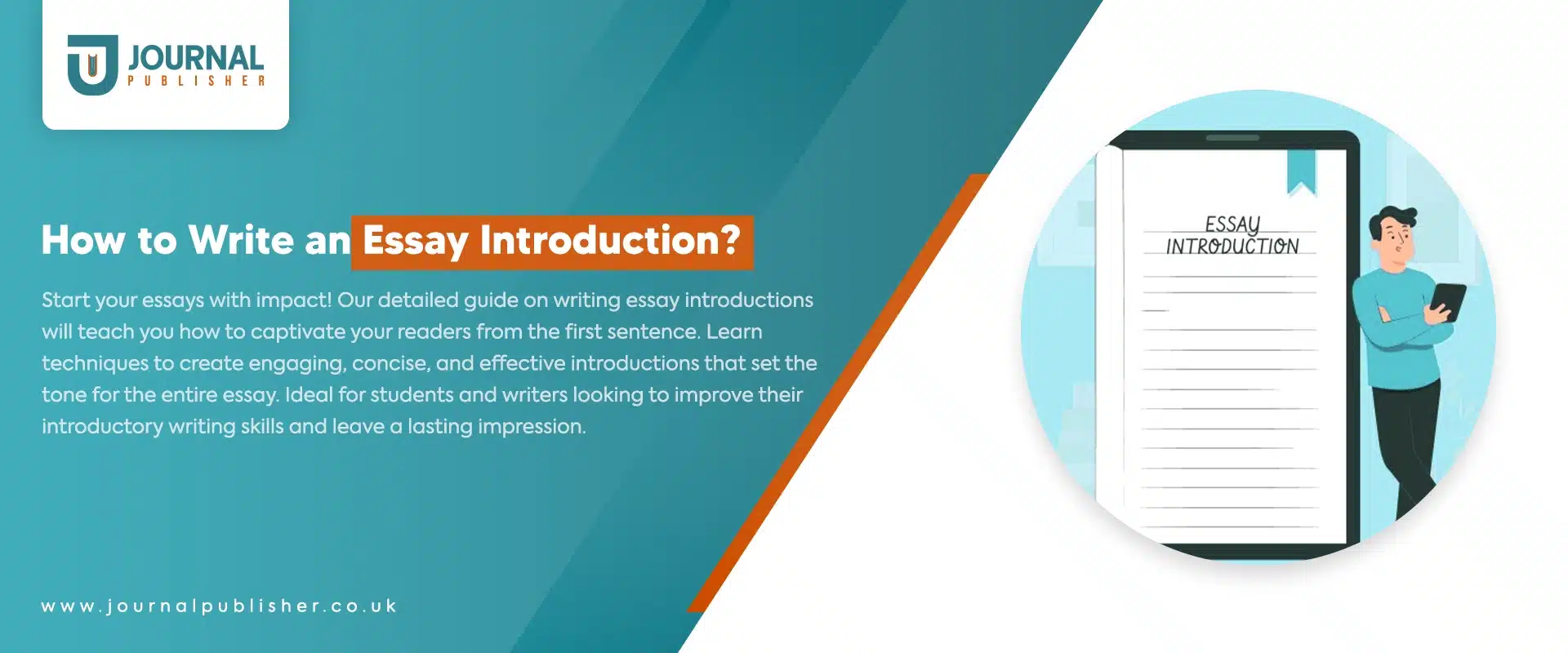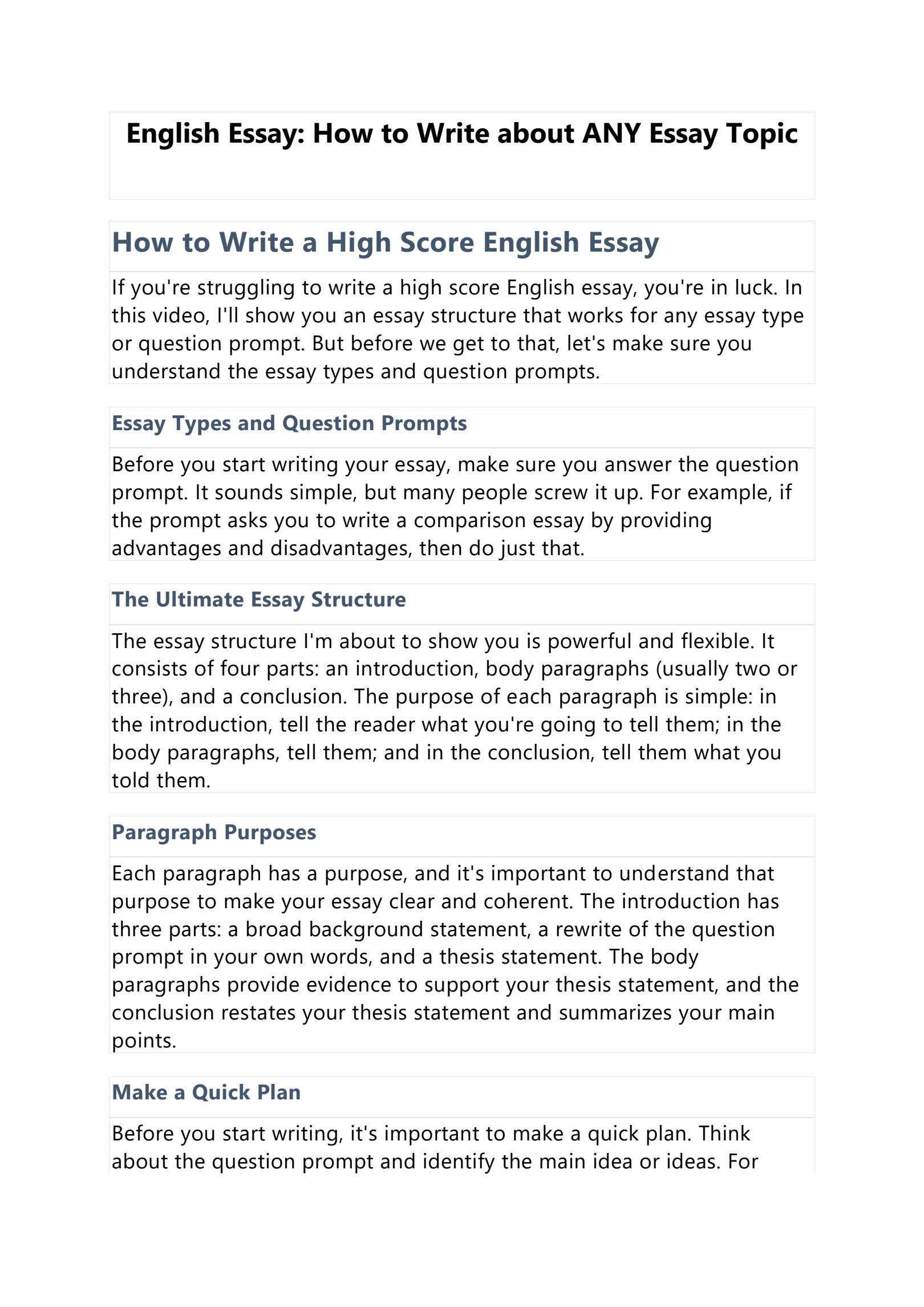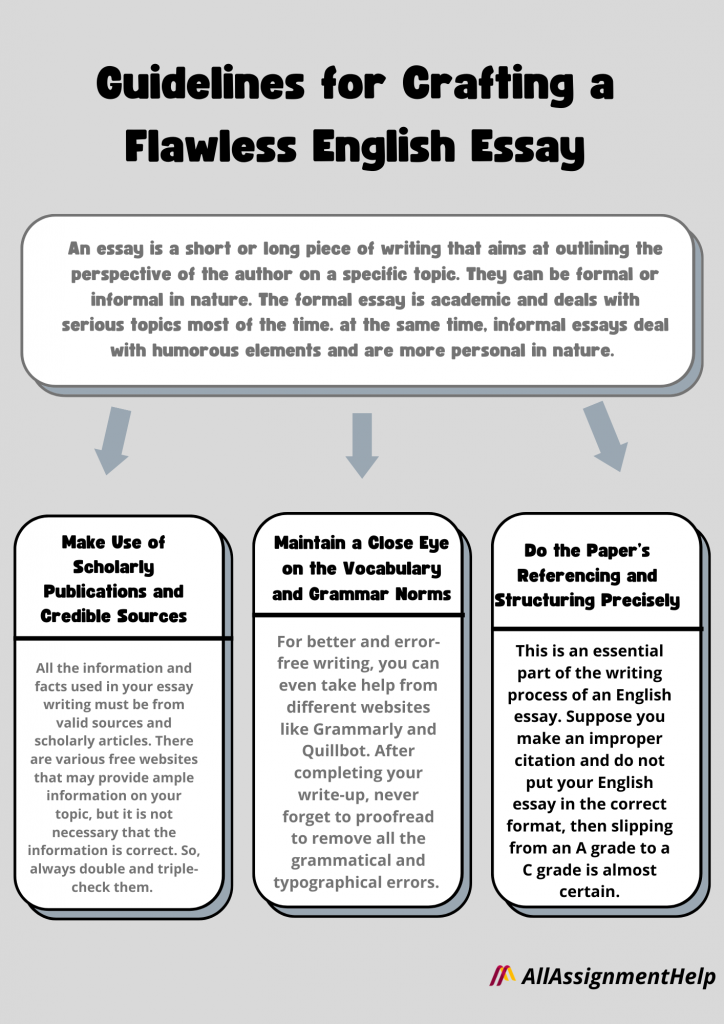Crafting a Captivating Essay Introduction: Tips and Techniques
Crafting a Captivating Essay Introduction: Tips and Techniques
Let’s be honest: writing an essay can feel like a daunting task.
The introduction? It’s the part that can either hook your reader or send them snoozing.
But don’t sweat it! Over the years, I’ve figured out a few tricks that make crafting a killer introduction a whole lot easier. In this article, I’m sharing my go-to tips and techniques for writing introductions that grab attention and set the stage for your argument.

Why an Engaging Essay Introduction Matters
So, why should you bother with a captivating intro? Here’s the deal:
- Captures Attention: Your first sentence is your hook. It’s gotta pull your reader in.
- Provides Context: A bit of background helps your reader get the bigger picture.
- Presents Your Thesis: This is where you lay out your main argument and set the direction for your essay.
- Maps the Structure: Briefly outlining what’s ahead gives your reader a roadmap of your essay.
Get these elements right, and you’ll turn a bland introduction into something that stands out.
Tips for Writing Engaging Essay Openings
1. Start with a Hook
Your hook is the first sentence, and it’s crucial for grabbing attention.
I’ve found that starting with:
- A thought-provoking question
- An interesting fact
- A vivid description
works wonders. Skip the generic stuff, like dictionary definitions. You want to spark curiosity.
Weak Hook Example: “Many people think that climate change is a problem.”
Improved Hook: “What if I told you climate change is not just an environmental issue, but a ticking time bomb for global economies?”
2. Provide Background Information
After your hook, it’s time to give some context.
Introduce relevant background info that helps your reader understand your topic better. This could be:
- Historical facts
- Definitions of key terms
- Summaries of relevant theories
For instance, if you’re discussing social media’s impact on mental health, throw in some stats about social media usage before diving into your argument.
3. Present Your Thesis Statement
Your thesis statement is the heart of your intro.
It should:
- Clearly outline your main argument
- Summarise your position
- Guide the reader through your essay
Example Thesis Statement: “While social media connects us, its influence on self-esteem and mental health demands a critical examination of its role in modern life.”
4. Map Your Essay’s Structure
If your essay is longer, it’s helpful to outline its structure at the end of your introduction.
This gives your reader a clear sense of what to expect in each section. For example:
Signposting: “This essay will first explore the psychological effects of social media, then analyse its impact on relationships, and finally, offer recommendations for healthier engagement.”
5. Revise and Refine
Once you’ve drafted your essay, revisit your introduction.
Sometimes, the best time to write it is after finishing the body of your essay. That way, you can ensure your intro matches the content and direction of your argument.
Techniques to Enhance Your Introduction
Now that you’ve got the basics down, let’s level up your introduction with some fun techniques:
- Use Anecdotes: A quick, relevant story can make your topic relatable.
- Incorporate Quotes: A strong quote can lend authority and set the tone.
- Pose a Rhetorical Question: This makes your reader think about the topic right from the start.
Example of an Engaging Introduction
Let’s put these tips into action. Here’s a sample intro for an essay on climate change:
Introduction:
“Imagine a world where coastal cities are swallowed by the sea, where agricultural lands turn into barren deserts, and where natural disasters are the new norm. As scientists warn of impending climate catastrophe, one question looms: how did we let this happen? Climate change isn’t just an environmental issue; it’s a complex crisis threatening our existence and demanding immediate action. This essay will examine the historical causes of climate change, its devastating effects on ecosystems, and the urgent need for sustainable solutions.”
FAQs About Crafting Essay Introductions
Q1: What’s the ideal length for an essay introduction?
A: Aim for about 10% of your total essay length. For a 2000-word essay, that’s around 200 words.
Q2: Can I write the introduction first?
A: Sure, but many find it easier to draft the body first. This gives you a clearer idea of what to include in the introduction.
Q3: How can I make my thesis statement stronger?
A: Make sure it’s specific, arguable, and concise. It should clearly state your position and outline the main points you’ll discuss.
Q4: Should I use complex vocabulary in my introduction?
A: Nope! Clarity is key. Use simple, clear language that’s still engaging.
Q5: How do I know if my introduction is effective?
A: Your intro should engage the reader, provide necessary background, present a clear thesis, and outline the essay’s structure. Feedback from peers can help too!
Conclusion
Crafting a captivating essay introduction is crucial for effective writing.
By using engaging hooks, providing essential context, presenting a clear thesis, and mapping out your essay’s structure, you’ll create an introduction that not only grabs attention but also sets the stage for a compelling argument.
Remember, your introduction is your first chance to impress your reader, so make it count!
For more insights on effective essay writing, check out this video on YouTube.

If you need a little help, consider using Essay Writer Easy for a seamless writing experience.
So, take these tips and techniques, and watch your essay introductions go from ordinary to extraordinary!

